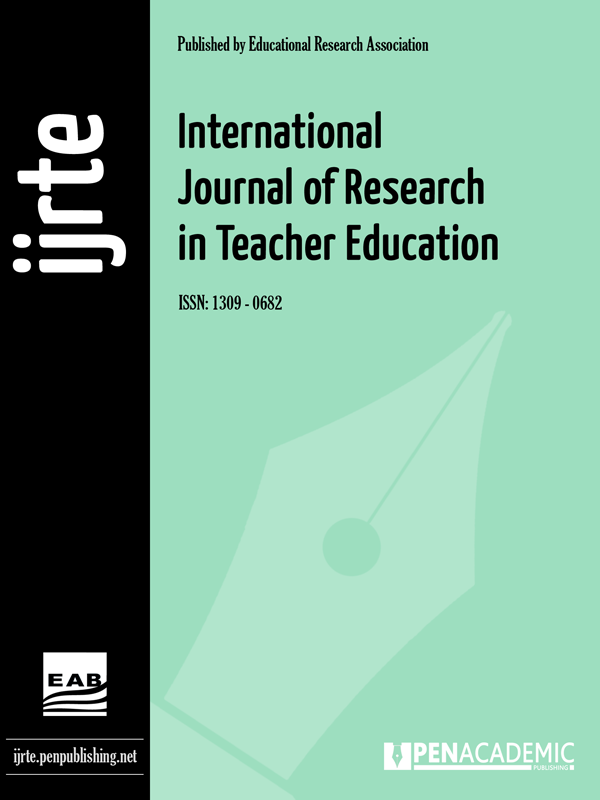Original article | International Journal of Research in Teacher Education 2019, Vol. 10(2) 20-27
Critical Participatory Action Research: A Design to Empower Women in a Teacher Education Institution
Olgun Sadık
pp. 20 - 27 | Manu. Number: MANU-1905-24-0003
Published online: June 26, 2019 | Number of Views: 266 | Number of Download: 909
Abstract
This paper discusses historical and meta-theoretical aspects of action research by defining what action research (AR), participatory action research (PAR) and critical participatory action (CPAR) mean in detail and explains a CPAR project idea in a teacher education institution. Action research was categorized under different names; however, all those different approaches represent the same foundations with different purposes. In action research, a group of people work with a researcher(s) to identify a problem, suggest possible strategies as solutions, apply them and recollect information to see how successful their efforts were. In PAR, there is a social aspect of action research that aims to solve real life problems of the participants by giving them the control of the research process and appreciating their values. With CPAR, parts of a system and functions become constraints for reasons of change. CPAR focuses on the issues of the oppressed and aims for social change. The final part of the paper explains a CPAR project idea as an example to improve the current position of women in computer science and make a social change in a teacher education institution. The current social system built inequality in computer science field due to the cultural norms dedicated to females. These norms cause lack of self-confidence in women to pursue CS as a field in their professional career.
Keywords: action research, participatory action research, critical participatory action research, women in computer science
| How to Cite this Article? |
|---|
|
APA 6th edition Harvard Chicago 16th edition |
| References |
|---|
|


